Leader or Follower? A Bogus Choice
The weekend following my solo outing, my husband and I went out again. He’s a more experienced cyclist than I am and is also much better at navigating our route, so pretty quickly I fall back and he rides out front. Considering our goal is fitness-focused and having an activity we do together, this arrangement works. That said, we do pay attention to our times and feel good when we see improvement. We also push ourselves to ride further as the riding season progresses. Speed is less important than distance. This day we planned to ride 25 miles.
About five miles out I realized I had zoned out – that my level and type of engagement on this trip was very different from the previous weekend. Not only was last weekend’s ride the first on my own, I had also been caught in a storm which added an element of adventure. While I was enjoying this ride, it lacked the almost hyper-awareness of the previous one.
In Gallup terms I was somewhere between Engaged and Disengaged. Was being a ‘follower’ the cause for this? In a way, yes. Today I had the energy and outlook of ‘being along for the ride’. I was not connected to any outcome or my role in achieving it. I had been much more invested when I was solely responsible for reaching my destination the prior weekend. Interesting.
My mind jumped to considering the roles and mindsets of leaders, teams and team members who are focused on achieving organizational goals (or not). Experts tell us that in the near future, organizational success will rely more on the collaborative efforts seen in self-managing teams. As the shape of how work gets done changes, leaders and followers will become less distinct. Leaders will need to fall back and team members will need to step up. A more intentional level of engagement will be required by both.
The Onus is On Us
Frederic Laloux, author of Reinventing Organizations, writes about a new type of management that is emerging in a few forward thinking companies. These organizations are finding better ways of working together that produce sustainable results for all stakeholders: employees, communities, vendors , shareholders, and the environment. They are defined as Teal organizations (seeThe Future of Management is Teal). Self-managed teams are a key characteristic of Teal organizations and will require more trust, humility, integrity, passion and connection with purpose.
“Teal Organizations operate effectively, even at a large scale, with a system based on peer relationships. They set up structures and practices in which people have high autonomy in their domain, and are accountable for coordinating with others. Power and control are deeply embedded throughout the organizations, no longer tied to the specific positions of a few top leaders.” – Frederic Laloux
The transition to Teal will be easier for some than others. Team members who prefer to work for an authoritative leader, with clear hierarchies and prescribed roles may find this arrangement challenging. The processes and rules will be different; work will be more organic and solutions emergent.
Nick Petrie from the Center for Creative Leadership (CCL) also writes about “the rise of collective leadership” in his white paper, Future Trends in Leadership Development.
“…a future made up of complex, chaotic environments is less suited to the problem solving of lone, decisive authority figures than it is to the distributed efforts of smart, flexible leadership networks” – Nick Petrie
Falling Back as a Key Leadership Capability
In group- and team-cycling, the paceline is central. Cyclists ride in a line, taking turns at the front ‘pulling’, which allows others to ‘draft’, or take advantage of the wind being blocked by the leader. Each person leads for a short time and then falls back so that another can step up. The group is able to maintain a faster pace and higher collective energy. This is a beautiful example of distributed leadership.
As an executive coach I have given clients the assignment to ‘fall back’ – to trust others’ ability to lead. Some people find it difficult, even uncomfortable to not be in charge. They’re concerned things won’t be done ‘right’, or that no one else is prepared to take on the challenge. As in the cycling analogy, not only would this be exhausting but it also impedes the building of trust, the development of others and ultimately the success of the team.
I also appreciate the paceline metaphor because each person has to train, to prepare themselves to take the lead in order to be a part of the team. In the world of cycling, as I believe it will be in organizational life, individuals choose if they want to train or not, and that will determine the contribution they are able to make to the larger team and how they will be invited to participate.
The roles of ‘leaders’ and ‘followers’ have changed over the thousands of years that we humans have been organizing ourselves for reasons from survival to commerce to connection. We are on the cusp of a new rendering of these definitions which many of us will welcome. Every transition brings expected and unexpected consequences; self-awareness and conscious choosing will support our collective efforts during this transformation. Being ‘along for the ride’ won’t be an effective long term strategy for success in the future.
Note: Thanks to my good friend and serious cyclist, Bob for the lessons on pacelines and team cycling!

